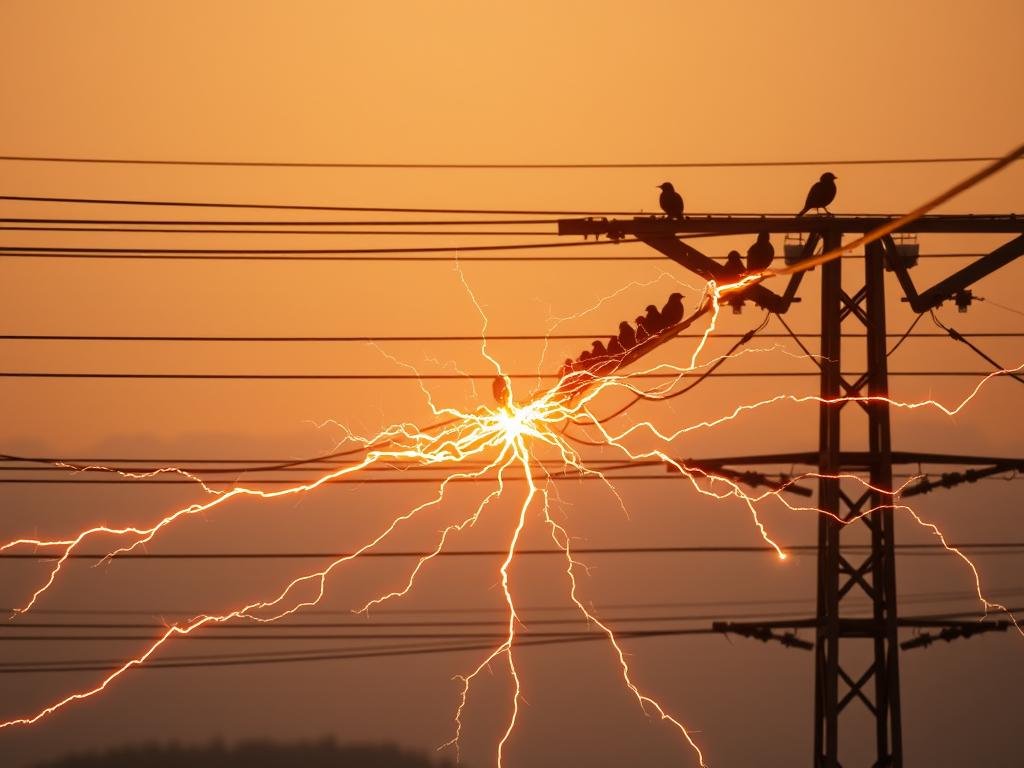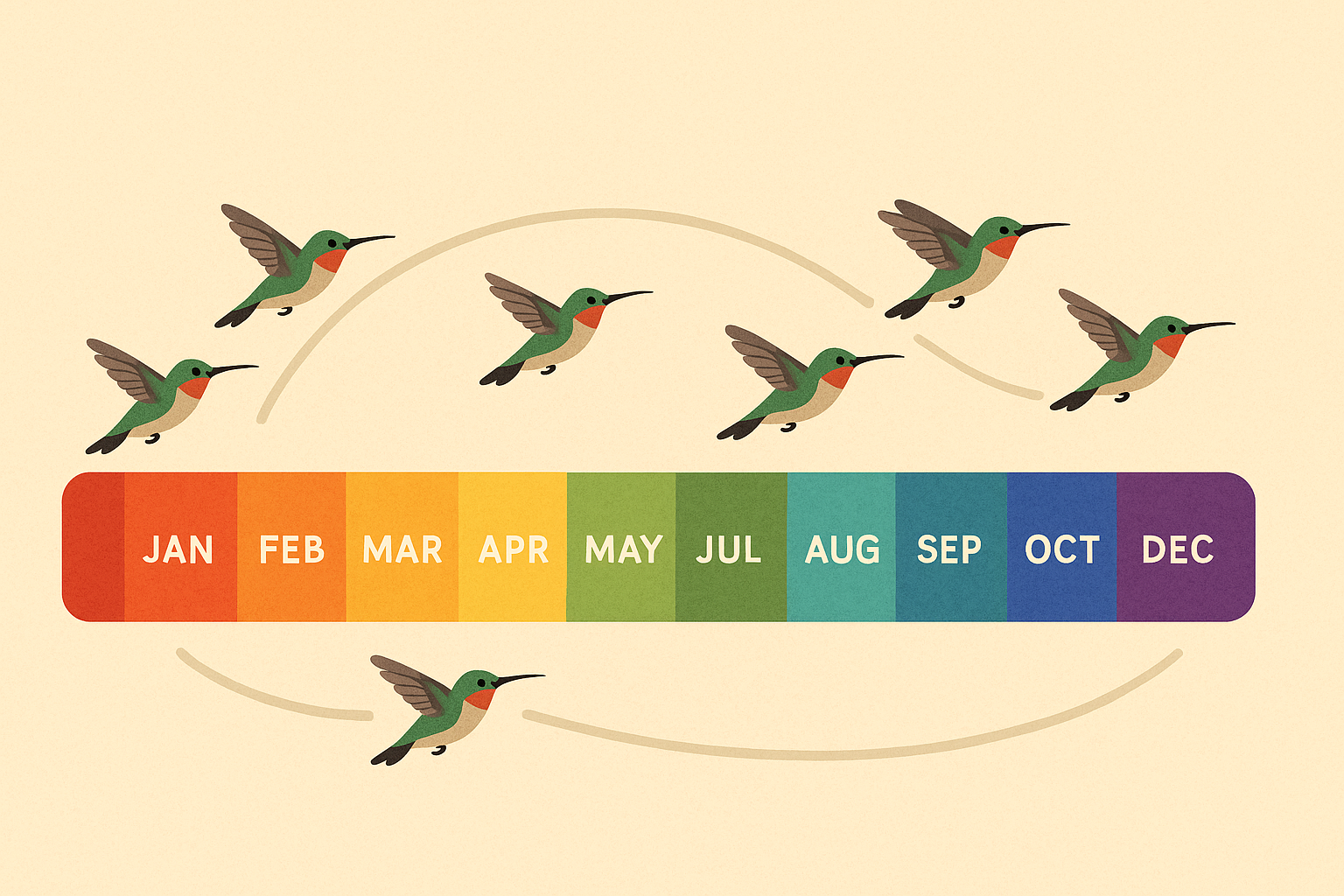It’s a common sight: birds perched on high-voltage lines, seemingly unaffected by the electricity coursing through them. This paradox sparks curiosity—why don’t they get electrocuted? The answer lies in the principles of current flow and voltage differences. Birds avoid harm because they don’t create a closed circuit; their feet are at the same electrical potential.
Electrical current requires a closed loop and a difference in electrical potential to flow. Ranbel Sun explains that electrons move from power stations through wires to the ground, completing the circuit. Birds, however, touch only one wire, preventing the flow of current through their bodies. This is why they remain safe despite the high voltage.
Movies often dramatize electrocution, but real-world physics explains avian safety. Workers use insulating materials like rubber to avoid completing circuits, similar to how birds stay unharmed. This article explores the science behind this phenomenon and the edge-case dangers that can arise.
Key Takeaways
- Birds avoid electrocution by not creating a closed circuit.
- Electrical current flows only with a voltage difference.
- Single-wire contact prevents current from passing through birds.
- Power lines are elevated to reduce grounding risks.
- Public curiosity highlights the need for understanding electrical principles.
The Science Behind Birds and Power Lines
The interaction between birds and electrical systems reveals fascinating physics. At the heart of this phenomenon lies the concept of electrical potential and the flow of electrons. Birds remain safe because they avoid creating a closed circuit, which is essential for current to pass through their bodies.
Electrical Potential: The Bowling Ball Analogy
Ranbel Sun’s bowling ball analogy helps explain electrical potential. Imagine electrons as bowling balls rolling downhill from high to low voltage. This movement represents the flow of electricity. Birds perched on a single wire are at the same potential, so no current flows through them.

The Closed-Loop Rule
Electricity requires a complete path to flow. This loop starts at the power station, travels through lines, powers devices, and returns to the ground. Birds touching only one wire don’t complete this loop, preventing current from passing through them.
Birds vs. Conductors: Why Copper Wins
Copper is a far better conductor than biological tissues. Its conductivity is 59.6×10⁶ S/m, while human tissue ranges from 0.1 to 0.3 S/m. This difference explains why electrons prefer the metallic path over a bird’s body.
| Material | Conductivity (S/m) |
|---|---|
| Copper | 59.6×10⁶ |
| Human Tissue | 0.1-0.3 |
Understanding these principles helps explain why birds can safely perch on power lines. For more insights on bird safety, explore this study on bird protection.
How Electricity Flows—and Why Birds Stay Safe
Electricity flows in ways that often defy intuition, especially when observing nature. The difference in electrical potential is key to understanding why certain interactions remain harmless. Birds perched on power lines are a perfect example of this phenomenon.

Electrical Potential: The Bowling Ball Analogy
Imagine electrons as bowling balls rolling downhill. This analogy explains how flow occurs only when there’s a difference in potential. Birds on a single wire are at the same potential, so no current passes through their body.
The Closed-Loop Rule
Electricity requires a complete circuit to flow. This loop starts at the power station, travels through lines, and returns to the ground. Birds touching only one wire don’t complete this loop, preventing shock.
Birds vs. Conductors: Why Copper Wins
Copper is a far better conductor than biological tissues. Its conductivity is 59.6×10⁶ S/m, while human tissue ranges from 0.1 to 0.3 S/m. This explains why electrons prefer the metallic way over a bird’s body.
| Material | Conductivity (S/m) |
|---|---|
| Copper | 59.6×10⁶ |
| Human Tissue | 0.1-0.3 |
For more insights on this topic, explore this detailed explanation.
When Birds Can Get Electrocuted
While birds often perch safely on electrical wires, certain scenarios can lead to dangerous outcomes. Understanding these situations helps explain why they are not always immune to electrical hazards.

Touching Two Wires or a Grounded Object
Birds can get electrocuted if they touch two wires or a grounded object. This creates a path for the electrical current to flow through their body. For example, phase-to-phase contact, where a bird bridges two wires with different voltage, is a common cause of electrocution.
Similarly, contact with a grounded pole or tree can complete the circuit. This allows electricity to travel through the bird, resulting in a fatal shock. Species with larger wingspans, like eagles, are at higher risk due to their ability to bridge gaps between wires.
Human vs. Bird Risks
Both birds and humans face risks when interacting with electrical systems. However, the consequences differ significantly. While birds may avoid electrocution by not providing a path to ground, humans are more vulnerable due to their size and behavior.
For instance, lineworkers face life-threatening dangers when working on poles. In 2018, there were 29 fatalities reported among lineworkers, highlighting the severity of human risks. Birds, on the other hand, have a higher survivability rate in similar scenarios due to their smaller body size and insulating feathers.
Understanding these differences emphasizes the importance of safety measures for both wildlife and humans. Utility companies are increasingly adopting designs that discourage perching, reducing the likelihood of dangerous contact.
Conclusion
Understanding the safety of avian perching on electrical systems reveals a blend of physics and biology. Birds remain safe by touching only one wire, preventing a complete current path. This equalizes voltage across their bodies, avoiding shock.
Humans, however, face greater risks due to frequent contact with the ground, creating potential differences. Engineers now use avian-safe designs like covered conductors and proper spacing to reduce dangers.
While birds act as natural circuit breakers, it’s crucial to avoid DIY experiments. Professional linework demands respect, given the severe risks involved. This balance of nature and technology highlights the importance of safety in electrical systems.



0 Comments